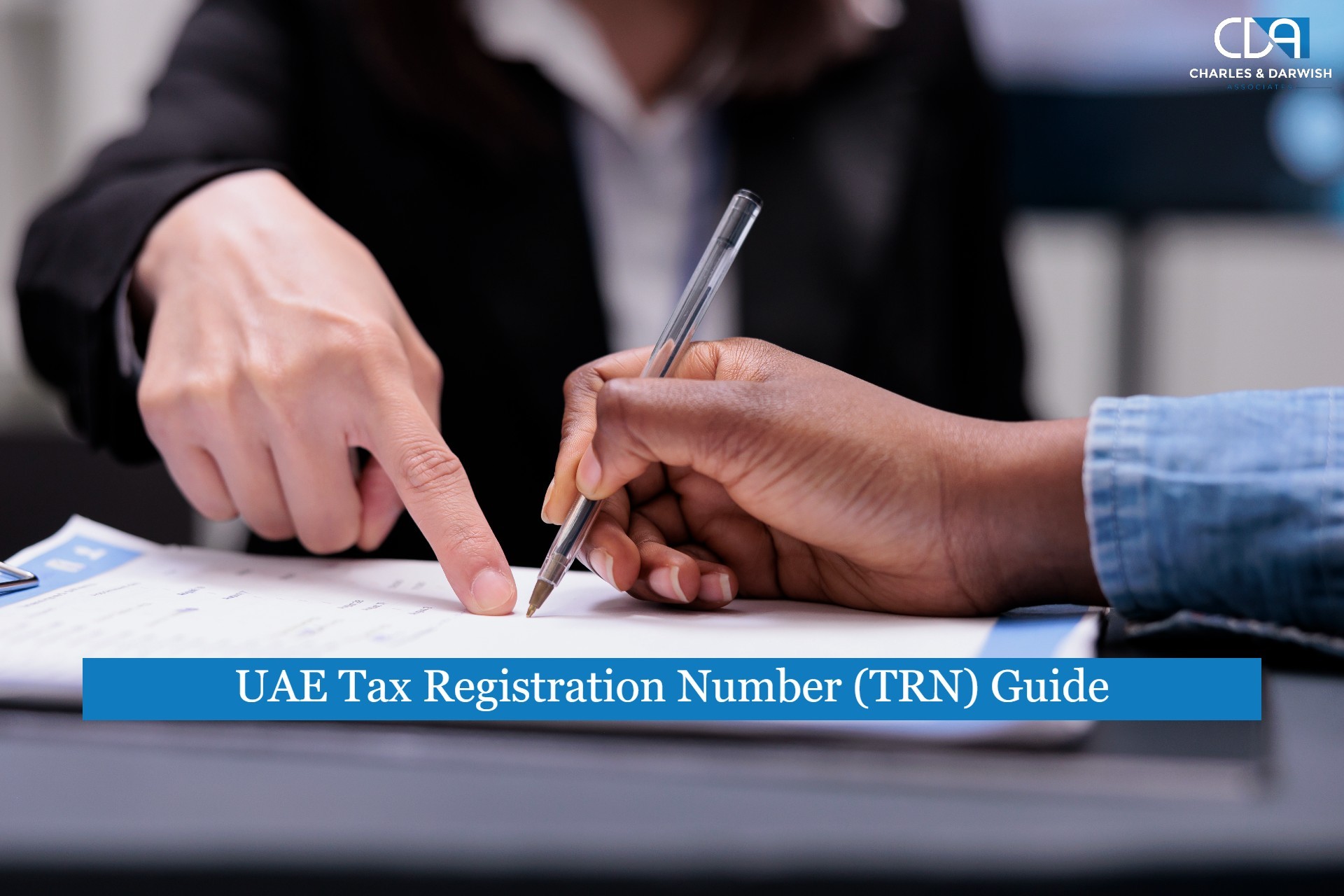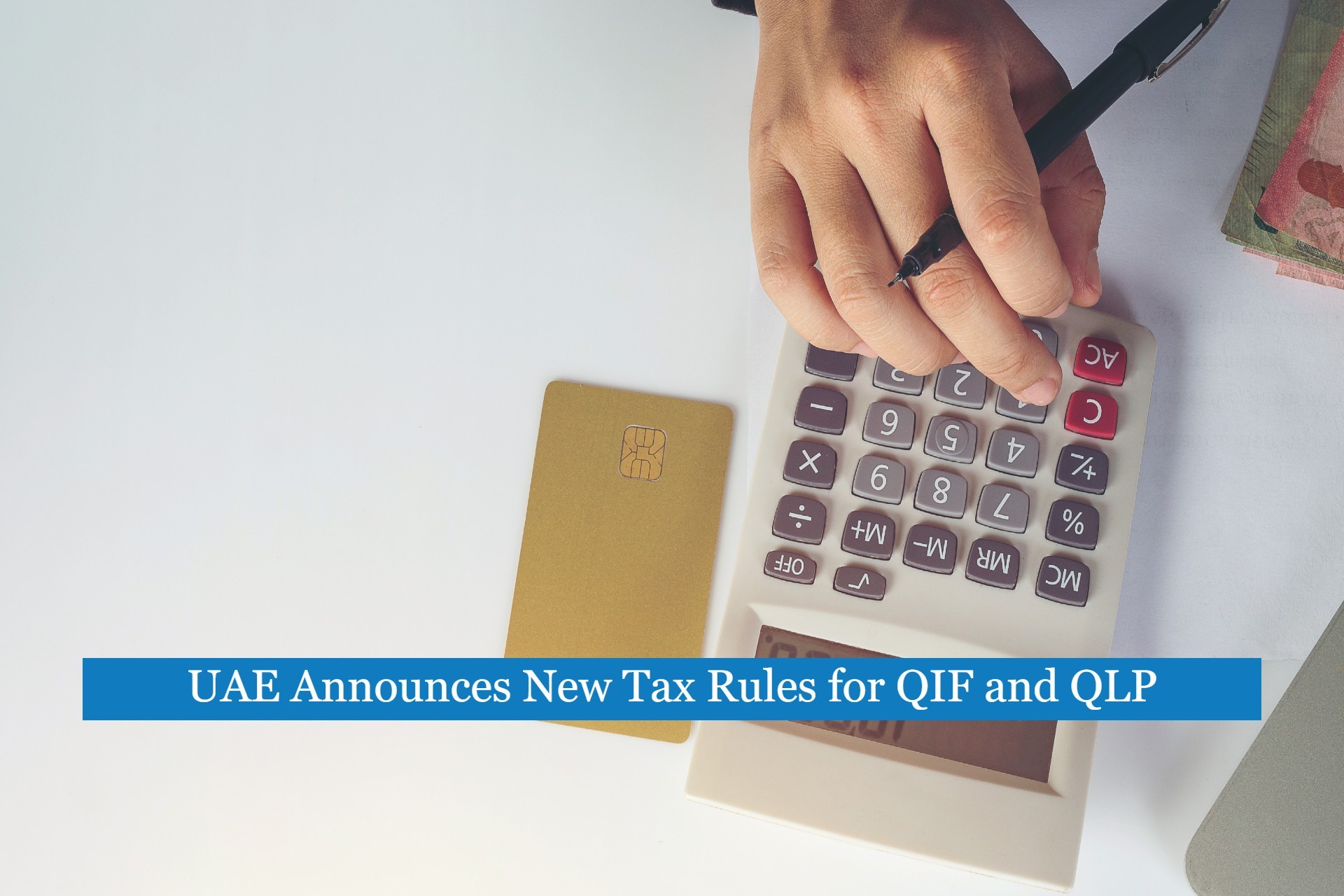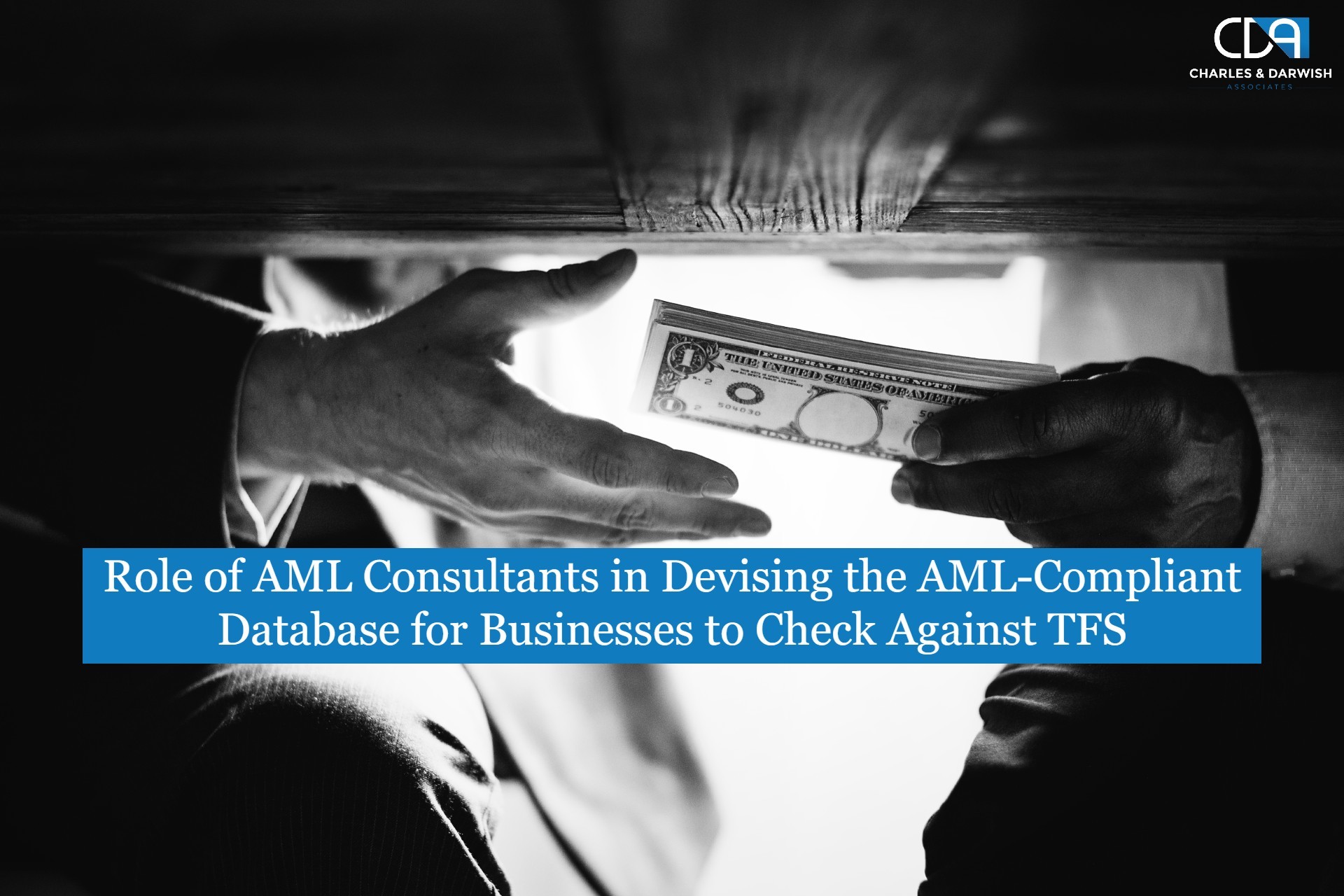What Is the Clawback of The Qualifying Group Relief?
The Federal Tax Authority in the UAE recently released a Corporate Tax Guide that lists down several points on the transfers that take place within a qualifying group and the relief that can be availed of. While this guide was introduced to simplify the transfers of assets and liabilities within a group, according to the Corporate Tax Law, there is also a need to understand the clawbacks of the same.
In a broad sense, the relief allows the tax neutral restructuring of assets and liabilities within a group without any major change in overall ownership of said assets and liabilities from a group perspective. The party that is transferring the assets and liabilities is known as the transferor, and the party receiving them is known as the transferee.
Now, while this relief is only applicable where the transferor and the transferee are members of the same qualifying group, it is also subject to certain clawbacks if stipulated conditions are not met. Read ahead to find out what these can be.
Clawbacks of the Qualifying Group Relief
A clawback refers to a contractual provision where certain benefits that have already been paid are “clawed back” due to stipulations not being met, any misconduct, etc. Qualifying Group Relief has certain provisions for clawbacks, these are:
Qualifying Group Relief will not be applicable, if it occurs within two years from the actual date of transfer:
- There is further a subsequent transfer of the assets or liability outside of the Qualifying Group; or
- The transferor or the transferee cease to be members of the exact qualifying group.
These conditions are further explained below as well.
If the clawback is applicable on any transfer, the gain or loss is also taken into consideration for the determination of taxable income for the Transferor. As for the Transferee, the depreciation and any amortization (unaccounted or adjusted) done during the transfer is mandatory to account for, so that the net taxable income can be determined.
Subsequent Transfer of Assets and/or Liability Outside of The Qualifying Group
In the case of a transfer within a qualifying group, both the transferor and the transferee have to be members of the same qualifying group. In case of a subsequent transfer, it has to be determined prior to the transfer whether the transfer is happening within the same Qualifying Group.
If, within two years of the transfer, there is a subsequent transfer of the asset or liability outside of the Qualifying Group, the Relief will be clawed back.
In other words, the original transferor, transferee, and new transferee must all be a part of the same Qualifying Group at the time of the subsequent transfer to avoid any clawbacks. It will also not get triggered if the new Transferee wasn’t a part of the actual Qualifying Group when the original transfer took place, but is now a part of the same Group.
This clawback will be triggered even in case the Transferee gets liquidated and ceases to exist, or via a merger, and the relevant assets or liabilities are transferred outside of the Qualifying Group during the process or as a part of a transaction.
Transferor Or Transferee not being the Members of The Same Qualifying Group
A few cases where the Qualifying Group Relief is clawed back, due to the Transferor or the Transferee ceasing to be members of the same Qualifying Group are:
- Failure to meet the ownership stipulation. i.e., if there is a change in the ownership of the Transferor or Transferee.
- The Transferor or the Transferee no longer remaining a taxable person will also trigger the clawback.
- In any subsequent tax period, the Transferor or Transferee becoming an exempt person (or becoming a Qualifying Free Zone Person (QFZP)) can also trigger the clawback.
- In case of either the Transferor or the Transferee changing their Financial Year in such a way that it doesn’t align with the other members of the Qualifying Group, it will trigger a clawback.
In the case of Qualifying Group Relief, clawbacks apply with respect to shares or ownership interests that were issued by the Transferor or Transferee as a part of Business Restructuring Relief as well. In such a transaction, even a single share transfer that was earlier issued as a Business Restructuring Relief can trigger a clawback.
This is because any transfer of shares (in the Transferee) issued as a part of Business Restructuring Relief can be considered as a transfer of the whole or part of the shares. So, even if the owners of other shares in the Transferee are the same, it will still trigger a clawback.
While there are certain stipulations and conditions that need to be met while applying to be a member of Qualifying Group Relief, it is also important to understand the clawbacks of the same.
This helps to stay eligible for the relief, and avoid any procedures that may trigger a clawback of the Relief.
CDA: Your perfect tax consultant
CDA’s team of professional auditors and accountants is well known for their personalised services, which are provided to clients as per their requirements. CDA has a well-equipped team of veterans who are also well aware of the tax regulations of the land. CDA’s varied tax services, including tax registration, tax return filing, tax advisory services, tax compliance services, and many more, can assist you in staying afloat with the tax regulations and reducing your tax expenses by identifying the tax exemptions applicable to your business.
To discover more about our tax services, contact the CDA team now!

Mark Thompson
Full-stack Developer, Blogger, and Tech Enthusiast.
Mark specializes in digital marketing, SEO, and content strategy.













